PhD student enlists citizen scientists and AI researchers for wetland research
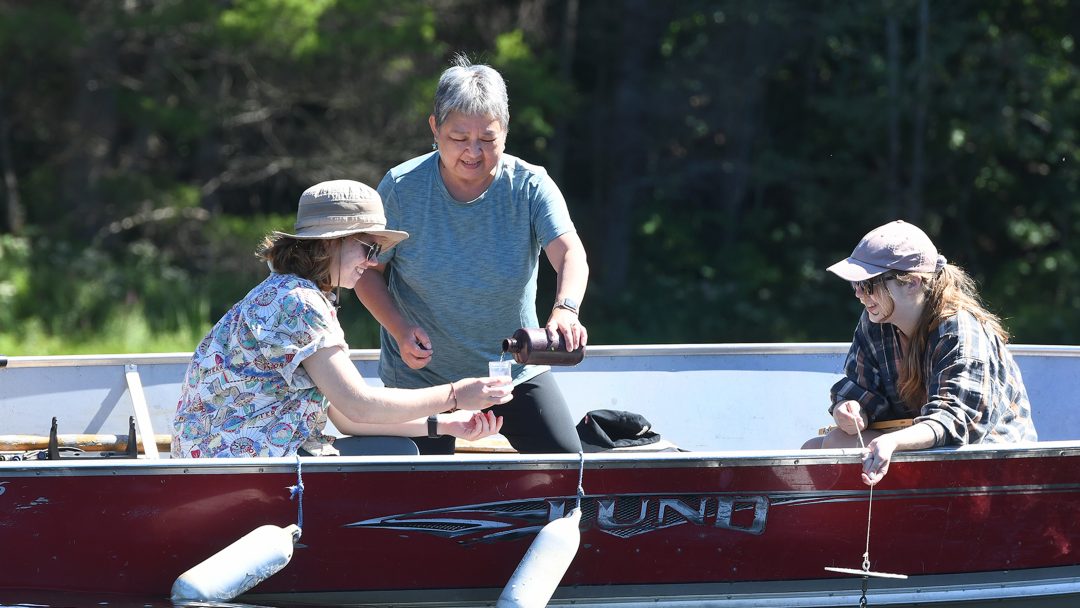
Climate change had created a problem for professor Pat Chow-Fraser’s Wetlands Ecosystem Research Lab.
In 2019, their nets came up empty on Georgian Bay. Pat and her team of student researchers had been using nets for years to monitor fish communities in the bay’s wetlands.
But climate change was causing unprecedented and extreme swings in water levels. That had led to a new zone of flooded dead trees and shrubs that blocked fish from moving into their wetland nursery habitat. The fish were staying in deeper water that nets couldn’t reach.
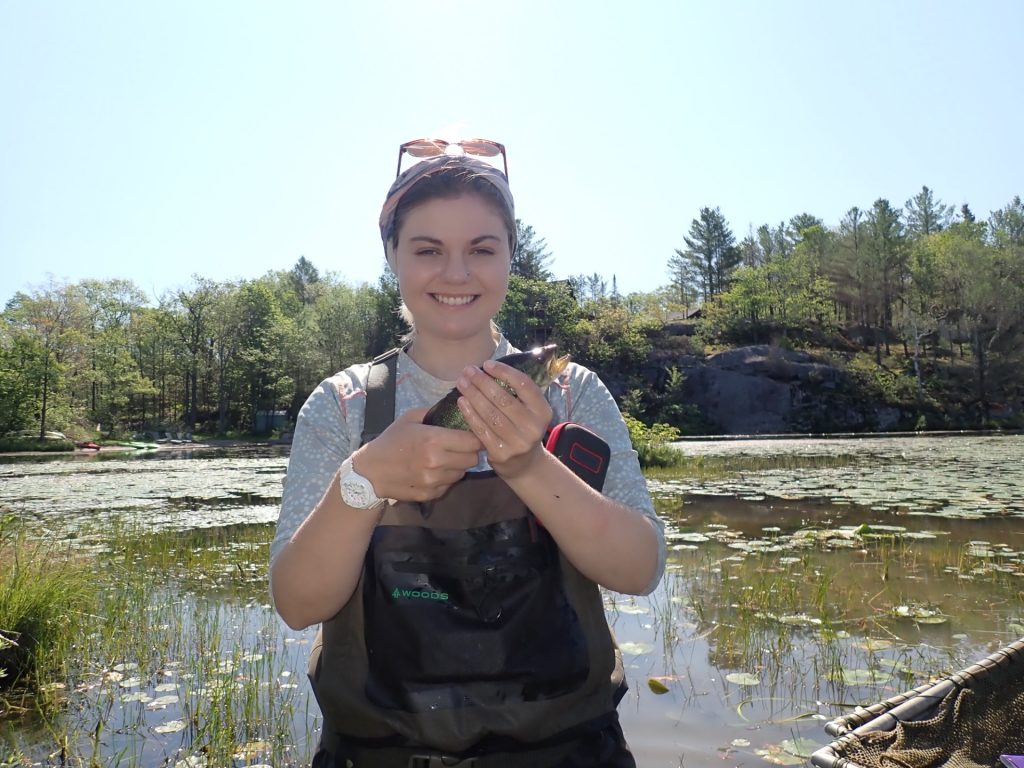 Pat set aside money from a Great Lakes Protection Initiative grant from Environment and Climate Change Canada and asked Danielle Montocchio if she wanted to help solve the problem. Danielle’s a senior doctoral student in the Department of Biology who’s studying coastal wetland community ecology.
Pat set aside money from a Great Lakes Protection Initiative grant from Environment and Climate Change Canada and asked Danielle Montocchio if she wanted to help solve the problem. Danielle’s a senior doctoral student in the Department of Biology who’s studying coastal wetland community ecology.
Growing up, Danielle had gone on family camping trips around Georgian Bay. She’d studied Group of Seven paintings in art class. And she’d known since high school that she wanted to be an environmental scientist. After learning about wetlands, she decided that was the ecosystem she wanted to study in university and help protect. “Wetlands are unique biodiversity hotspots. It’s where land meets water and everything from fish to birds coexist in such a relatively small space.”
Pat had picked the right student. “This project’s been a labour of love with years worth of dogged determination by Danielle. I’m not sure anyone else could have pulled this off.”
Danielle got right to work. “Each time I suggested a solution, Pat gave me the resources to run with it. The solution we finally ended up was probably Plan D on our journey so Pat’s patience and support to get there was invaluable.”
Danielle came up with three breakthrough ideas.
What if the team caught fish on camera instead of in nets? They could record fish in deeper water, with the added bonus of doing it in a less labour-intensive way. And there’d be no risk of fish dying in nets.
She also knew who to ask for help. “Ever since I was little, I’d go fishing with my dad. And now he could help me figure out a way to view fish in their own underwater world.”
Together, they MacGyvered underwater camera stands out of PVC pipes and cement. Each stand was tricked out with two cameras. One camera would point out into the bay while the other one pointed towards shore.
Danielle dropped the stands into 15 wetland locations along the southeastern coast of Georgian Bay. By the end of 2021, she’d collected around 1,000 hours of underwater video.
Danielle’s dogged and driven but even she couldn’t watch that much footage on her own. This led to her second big idea.
Pat’s lab has a long tradition of getting undergrads and community members involved in its research. This fish survey project would need a bigger boatload of volunteers.
So Danielle pitched Zooniverse on a Where’s Walleye? project. Zooniverse is billed as the world’s largest and most popular platform for people-powered research. It has more than a million volunteers around the world who are ready to help researchers like Danielle.
The Where’s Walleye? project was approved by Zooniverse and is scheduled to go live on Jan. 22. Volunteers will watch 360,000 10-second video clips. They’ll mark which clips feature fish and identify which species are in the footage. When they’re finished, they’ll have created a massive database.
And this led to Danielle’s third big idea. Could that dataset by used to train AI to watch and categorize future fish footage? Danielle couldn’t find any open-access AI platforms that biologists could easily use. So she reached out to machine learning experts at Stanford University. She’s hoping researchers there can come up with a solution.
“We’re lucky to be living in a time where the advances in technology and knowledge sharing mean pretty much any problem can be solved with a bit of creativity and a willingness to ask for help,” says Danielle. “Reaching out to researchers, coders and engineers has shown me the power of collaboration.”
Pat predicts that what Danielle’s working on will a gamechanger for more than just researchers. Footage from Danielle’s videos has already been used as evidence during a hearing of the Ontario Land Tribunal. That evidence helped protect a fragile coastal wetland from development.
“I truly think that what Danielle is working on will become the future for wetland monitoring and protection.”
Graduate students, Research excellenceRelated News
News Listing
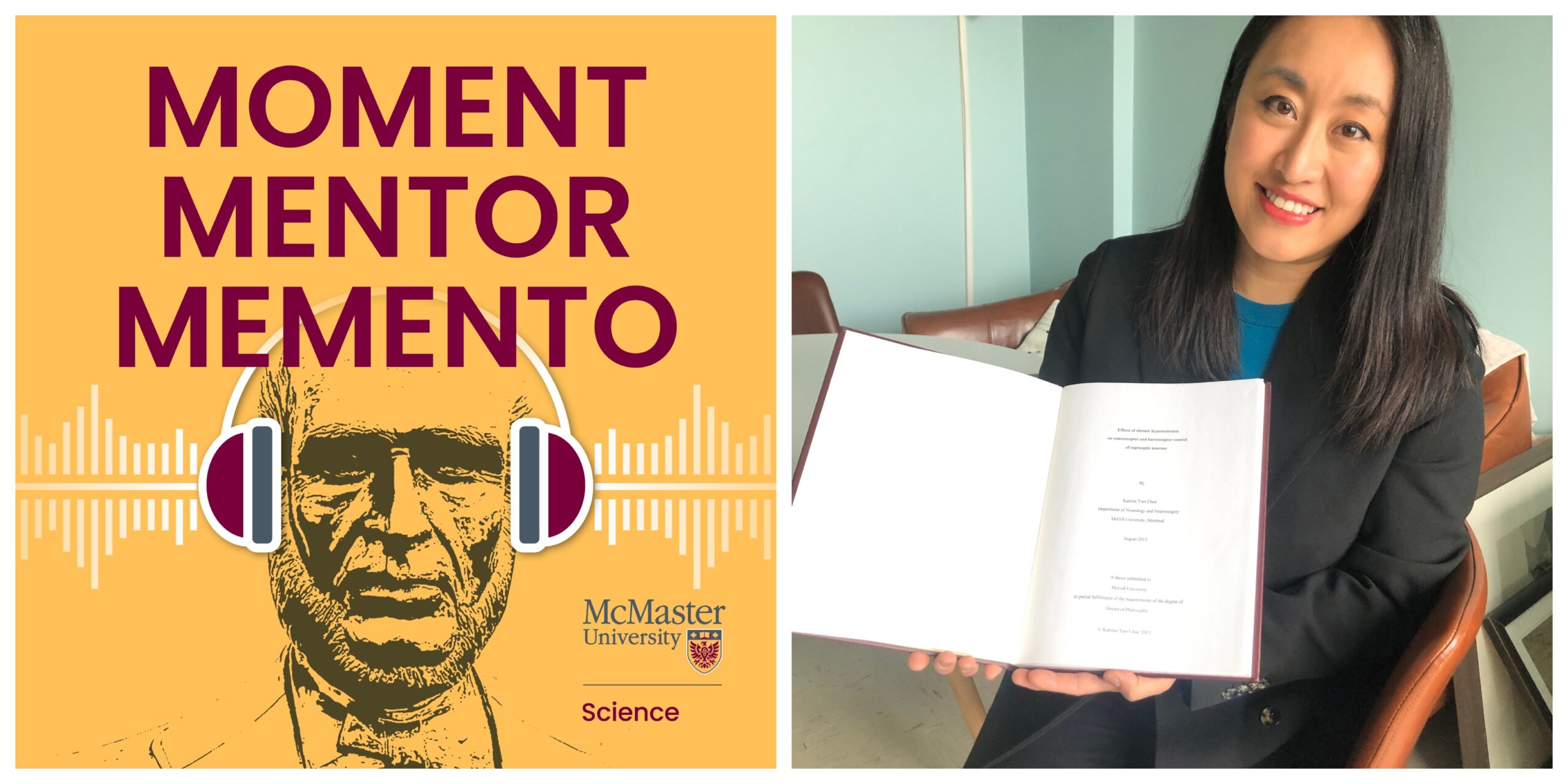
Moment Mentor Memento podcast ep. 11 with Katrina Choe
Podcast, Research excellence, Uncategorized
2 days ago
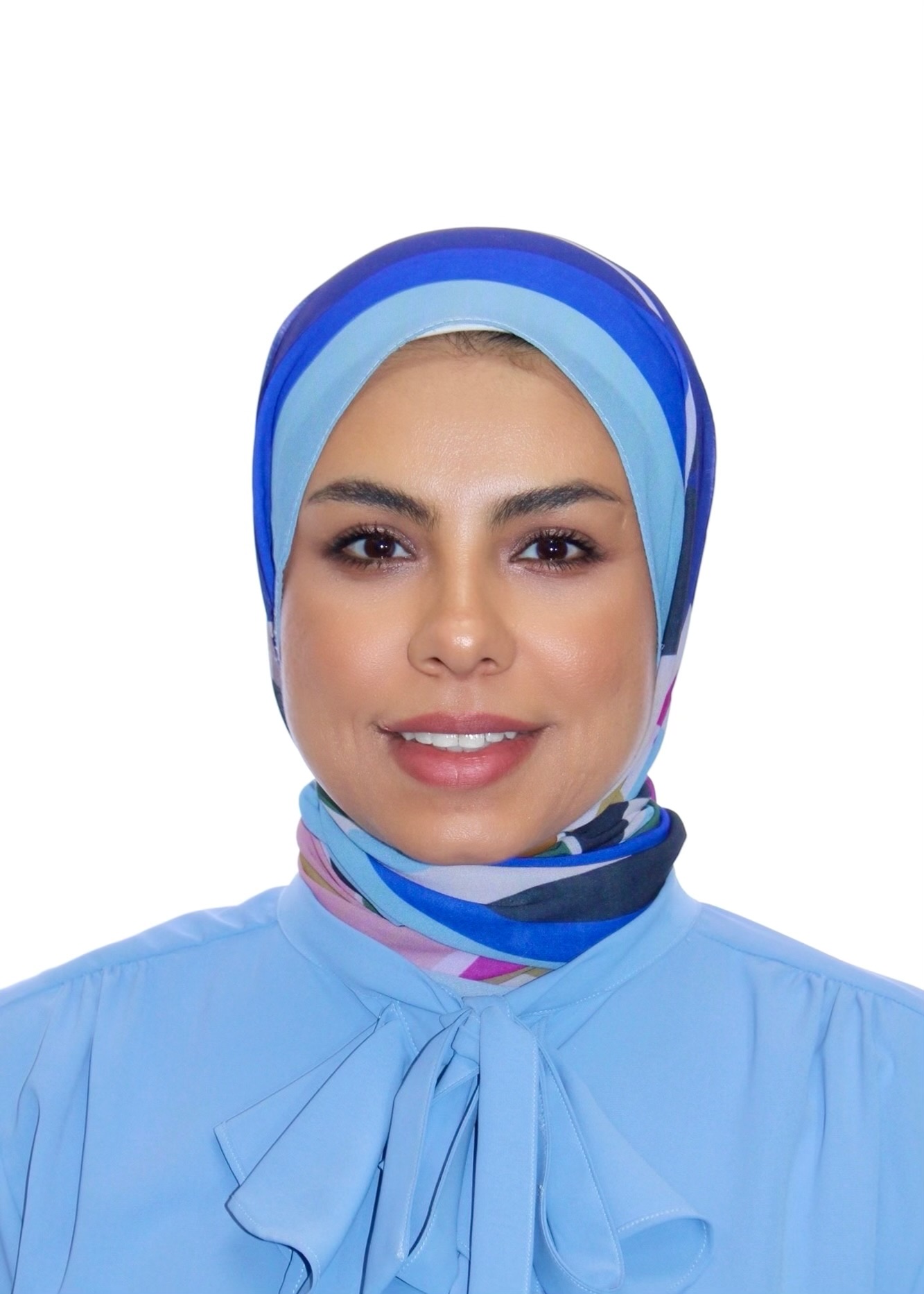
PhD graduate an emerging leader and role model in responsible artificial intelligence diagnostics
Grads to watch, PhD student, Research excellence
7 days ago
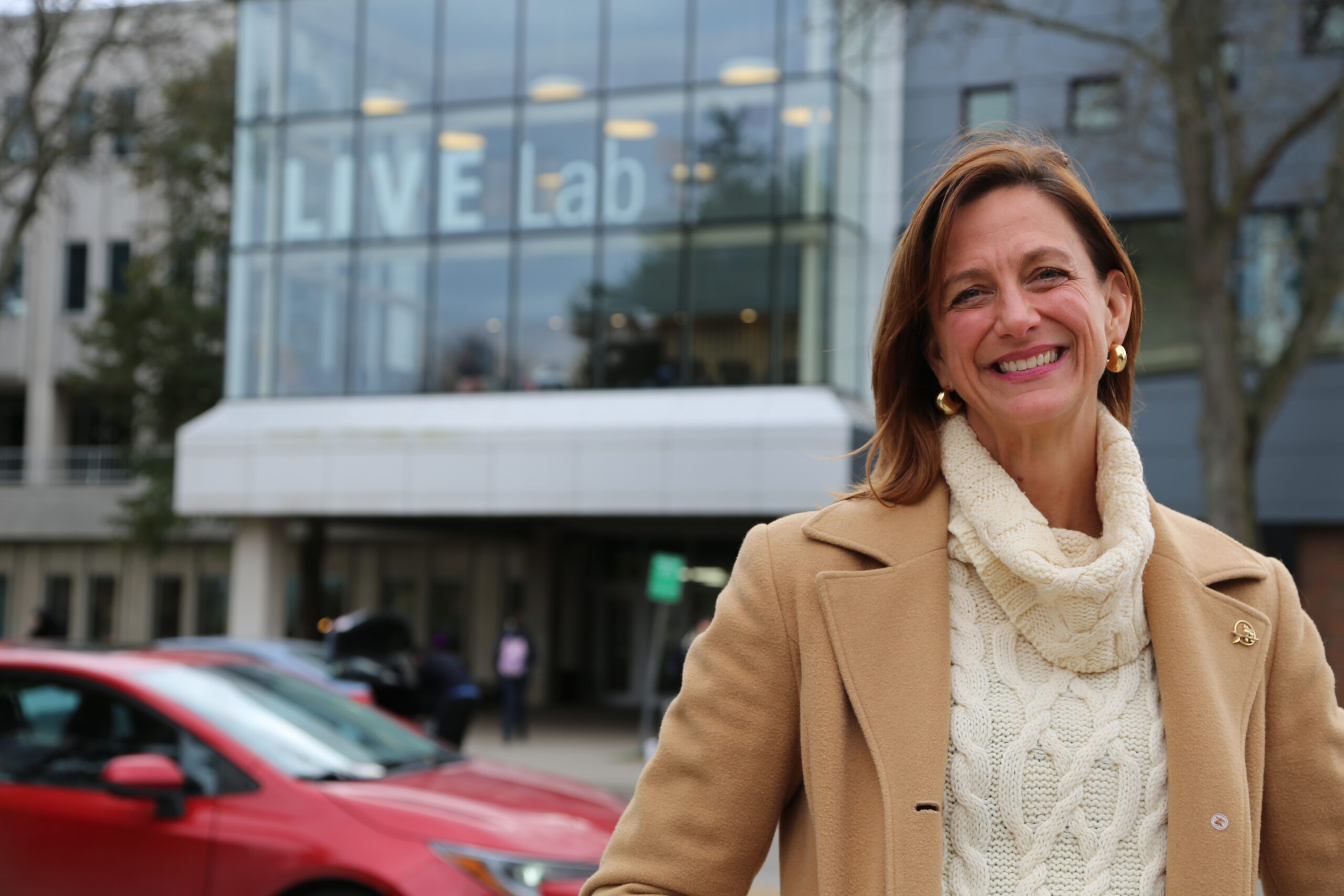
PhD graduate makes the case for offering music therapy to stressed students- “put the broccoli in the brownie”
Grads to watch, PhD student, Research excellence
November 14, 2024
